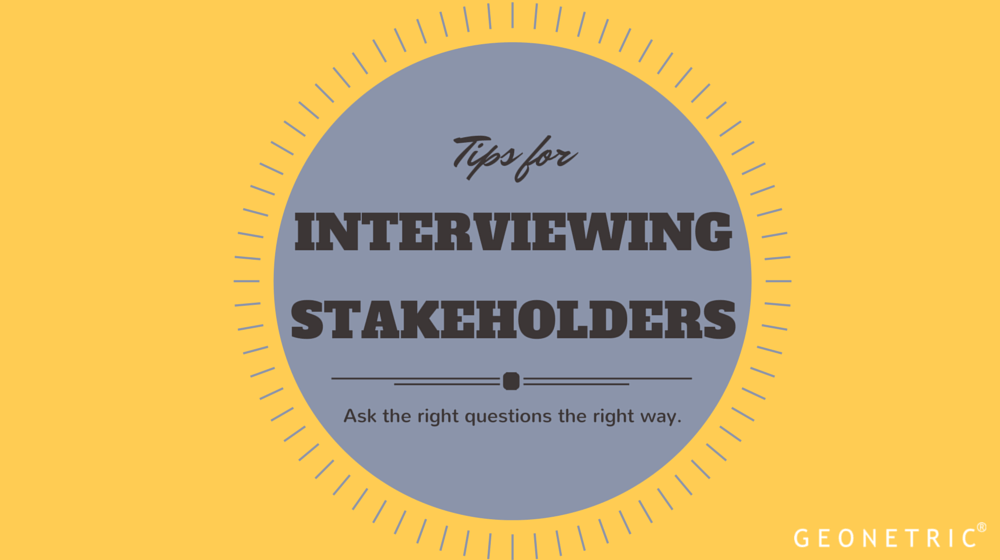Good interviewing isn’t just about asking the right questions. It’s about putting yourself in your stakeholders’ shoes and figuring out what they really want and need.
A witty (but honest) person once said, “Opinions are like bellybuttons: Everybody’s got one.” It’s true, and your organization has a lot of folks with bellybuttons – your patients, your C-suite, and everyone in-between.
Asking these stakeholders about their experience on your organization’s website is an important piece in any redesign. Understanding their opinions about what works on the current site, what doesn’t, and even what a successful redesign would mean to them is vital for understanding their opinions and creating a great user experience.
But talking to stakeholders isn’t something you can only do once. It’s something you should do regularly as you continue to maintain your web presence.
How to Talk to Stakeholders
At Confab 2015 in Minneapolis, a presentation by Anne Haines really hit home. As a reference librarian for Indiana University Libraries, she compared seeking out information from a library patron to seeking answers from your stakeholders.
“Stakeholders often can’t define what they want, but why they need it,” Haines said. And she’s right. It’s our jobs as marketers to discover the “what” and define the “why.”
Choose the Right Channels
When opening the door to those conversations, choose the right channel.
- In-person interviews – This is the most preferred method, and the best way to give and receive body language that shows a willingness to learn and hear someone’s opinions, thus building a better relationship with people inside and outside your organization. From focus groups to phone calls, in-person interviews allows for follow-up questions and the chance to explain project goals.
- Surveys – If time is of the essence, surveys can alleviate scheduling difficulties. If you want your web visitors’ points of view, check out survey tools like iPerceptions. The only disadvantage to surveys is you lose the opportunity to ask follow-up questions on the spot.
Asking the Right Questions
According to Haines, there are three things we should try to find out from stakeholders before we begin tackling their goals and requests:
- The situation they’re in – what is driving their requests?
- The gaps in their understanding – perhaps they aren’t sure what they need, or why it’s needed.
- The intended uses – what is the end goal for their request?
Closed-ended questions (yes/no, or limited multiple choice) can steer the conversation and keep it focused if it’s running long or getting off track. They also give stakeholders a chance to consider the limited but viable options you have for them.
Open and more neutral questions allow stakeholders to expand on their thoughts, and these queries open up doors for conversations, future goal setting and follow-up questions to reiterate what you heard.
Start with Stakeholders
If you think it’s time to redesign, be sure to start the process by talking to your stakeholders. After all, it’s their experience that matters!
If you don’t think your team has the time to tackle interviews, let Geonetric give you a hand. Our team members are pros at stakeholder interviews and surveys, and we have an arsenal of other nifty tools like heat mapping. Plus, you’ll get access to loads of content strategy and content development resources – and of course, stellar web design.

